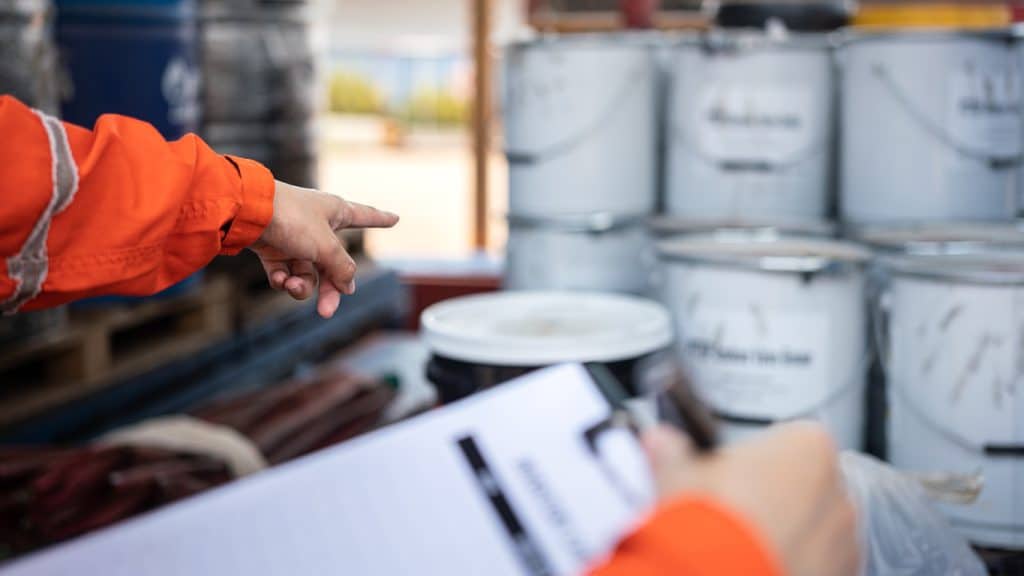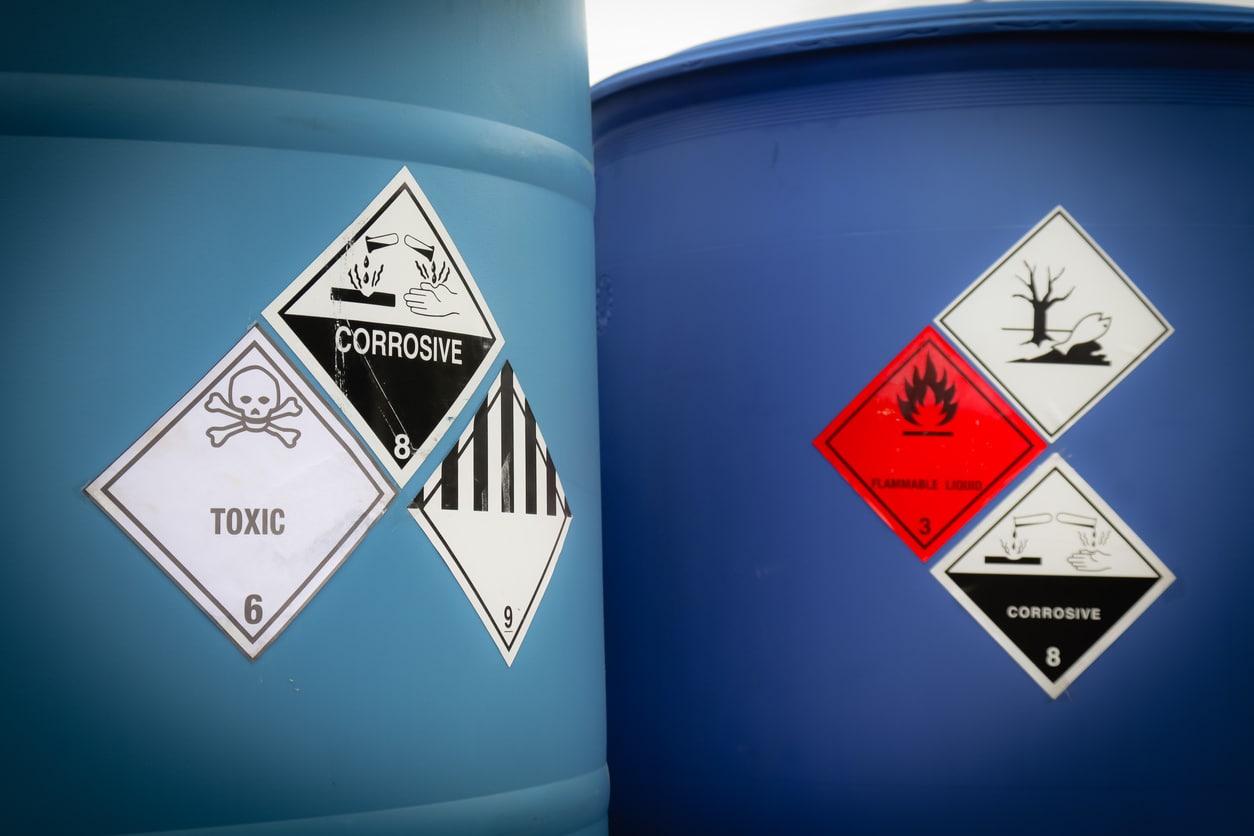Understanding the concepts of hazards and dangers is vital in the realm of hazardous materials assessments. As businesses navigate the complexities of hazardous materials, the guidance of a knowledgeable hazardous materials consultant becomes invaluable. This blog post delves into the differences between hazards and dangers, highlighting their distinct meanings. By grasping these nuances, professionals conducting hazardous materials assessments can enhance their understanding and implement effective strategies for risk mitigation.

The Key Distinctions Between Hazards and Dangers
While hazards and dangers are closely related, understanding their key distinctions is essential. Hazards refer to the inherent properties or characteristics of substances or situations, while dangers pertain to the potential for harm or adverse effects resulting from exposure to these hazards.
Understanding Hazards
Hazards exist irrespective of human interaction, while dangers arise when people or the environment come into contact with hazards. Important to note that hazards can be classified into the following:
- Chemical: involve toxicity, flammability, or reactivity.
- Physical: encompass factors like noise, radiation, or temperature extremes.
- Biological: related to exposure to pathogens or biological agents.
- Ergonomic: arises from poor workplace design or practices leading to musculoskeletal disorders or repetitive strain injuries.
Understanding Dangers
Dangers, conversely, encompass the actual risks posed by hazards. They arise when individuals or the environment encounter hazardous substances or situations, potentially resulting in harm or adverse effects. Dangers are influenced by factors such as:
- Exposure levels
- Duration
- Frequency
- Vulnerability of individuals or ecosystems
The Importance of Assessing Hazards and Dangers
Thoroughly assessing hazards and dangers is critical in ensuring the safety and well-being of workers, the public, and the environment. By assessing hazards, businesses gain insights into the characteristics and properties of hazardous substances or situations, enabling them to determine the appropriate control measures. Assessing dangers involves evaluating the potential for harm resulting from exposure to hazards, considering factors such as exposure levels, toxicity, and vulnerability of individuals or ecosystems. This comprehensive evaluation ensures a holistic understanding of risks, enabling the implementation of targeted strategies for risk mitigation.
The Role of Hazardous Materials Assessments
Hazardous materials assessments are critical in identifying, evaluating, and managing the risks associated with hazardous substances. These assessments involve systematic evaluations of workplaces to identify potential hazards and assess the dangers they pose. Businesses can gain insights into the hazards by conducting thorough hazardous materials assessments, evaluating their associated dangers, and implementing appropriate control measures. Engaging the expertise of a hazardous materials consultant further enhances the accuracy and effectiveness of these assessments, ensuring comprehensive evaluations and expert guidance for risk mitigation.
Final Thoughts
Distinguishing between hazards and dangers is essential in hazardous materials assessments. Hazards refer to the inherent properties or characteristics of substances or situations, while dangers encompass the potential for harm or adverse effects resulting from exposure to hazards. By conducting thorough assessments guided by experienced hazardous materials consultants, businesses can accurately identify hazards, evaluate associated dangers, and implement effective strategies for risk mitigation. This knowledge empowers businesses to create safer environments, protect workers and the public, and ensure compliance with hazardous materials management regulations.
Alberta Safety & Environmental Services (ASE Services) is one of the most reputable providers of Hazardous materials assessment and hygiene inspection services—including asbestos, lead, mould, mercury, and silica detection, as well as industrial hygiene testing for grow ops and other facilities. With a background in Alberta’s Occupational Health & Safety Commission and professional project management skills, our qualified staff can provide reliable handling of air quality and industrial hygiene from initial industrial inspection all the way to remediation programs. Whether just for a permit, or in-depth air quality control, we can help. Feel free to reach out and secure air quality and hygiene requirements for your building.
